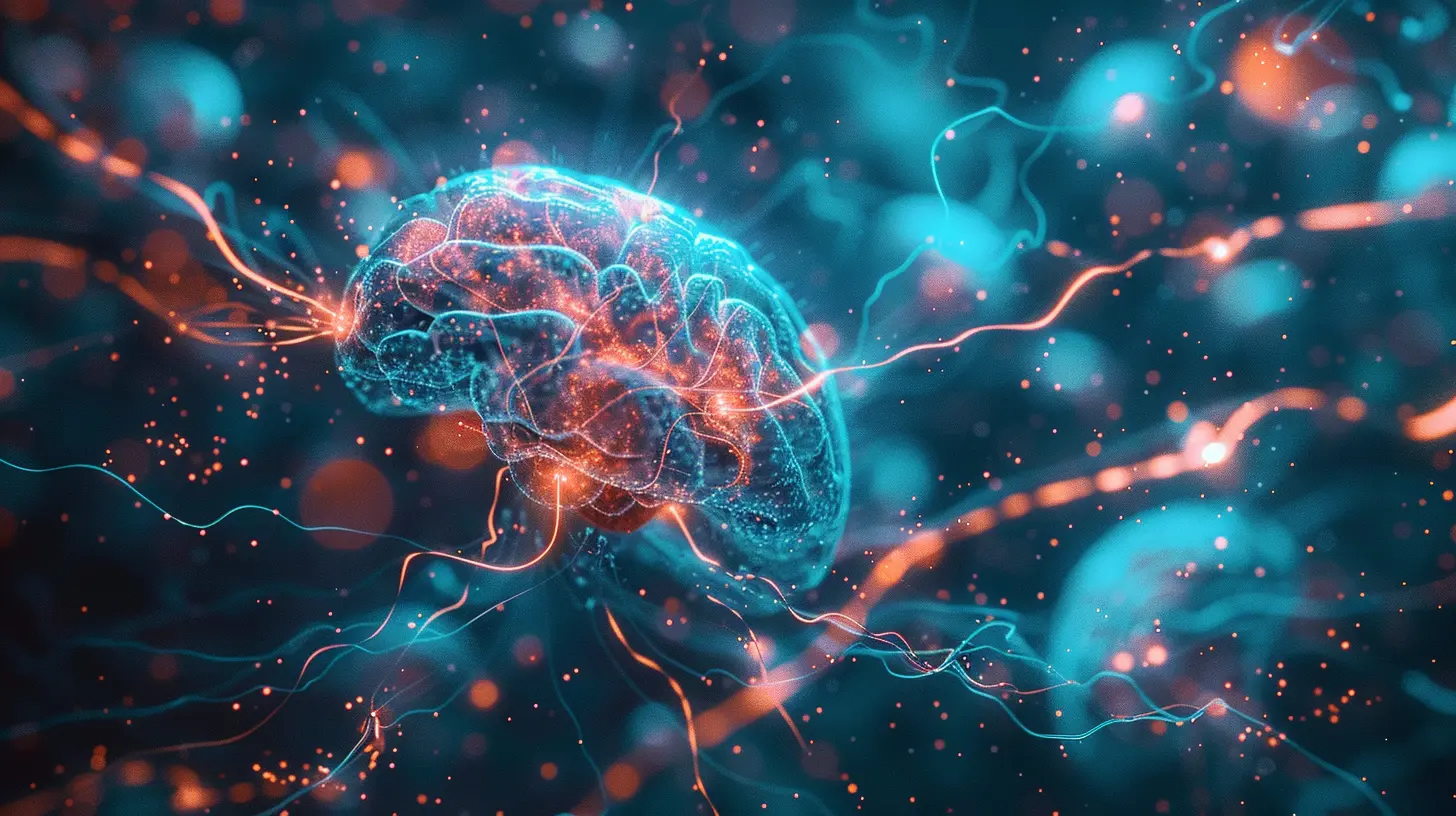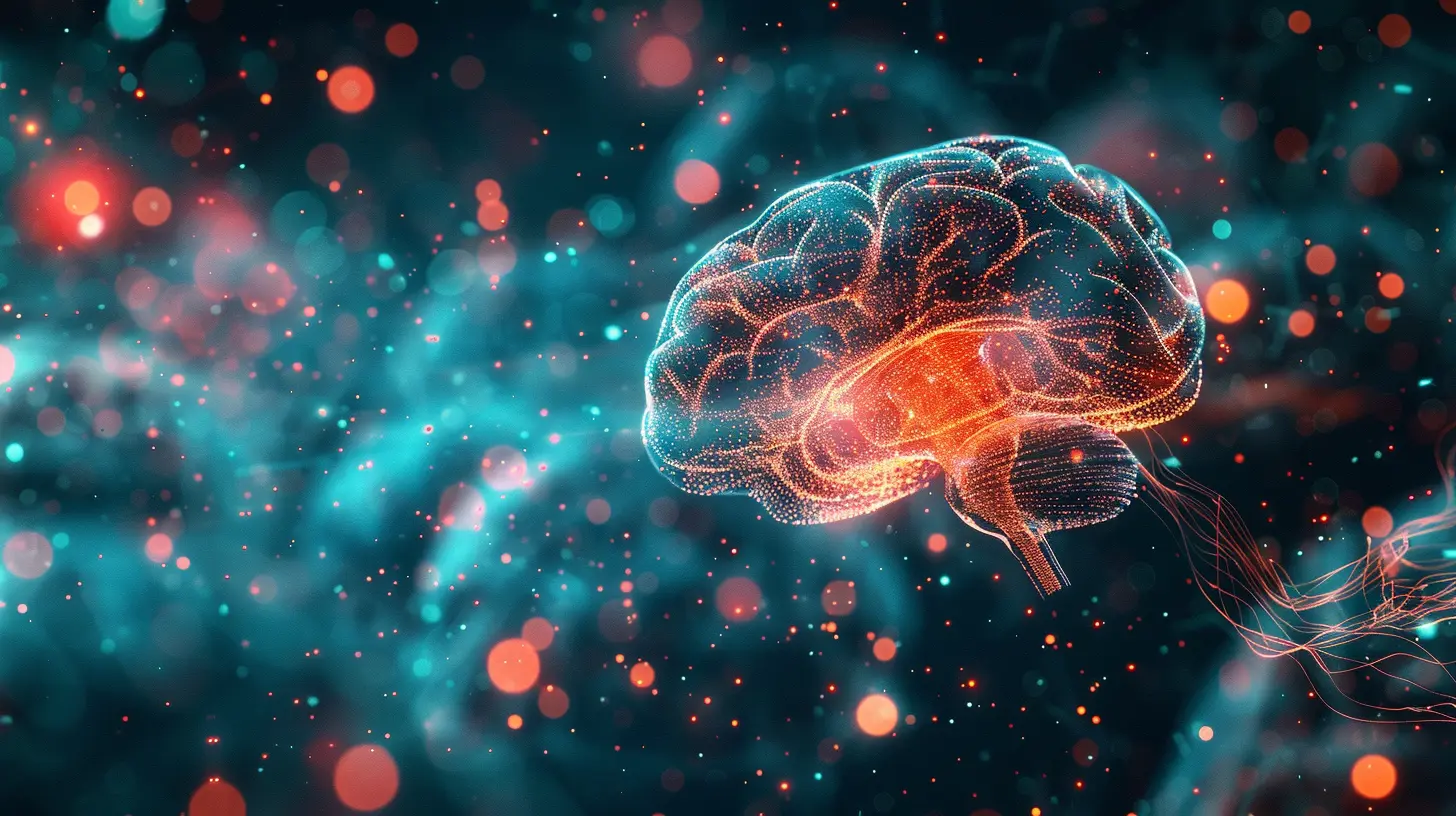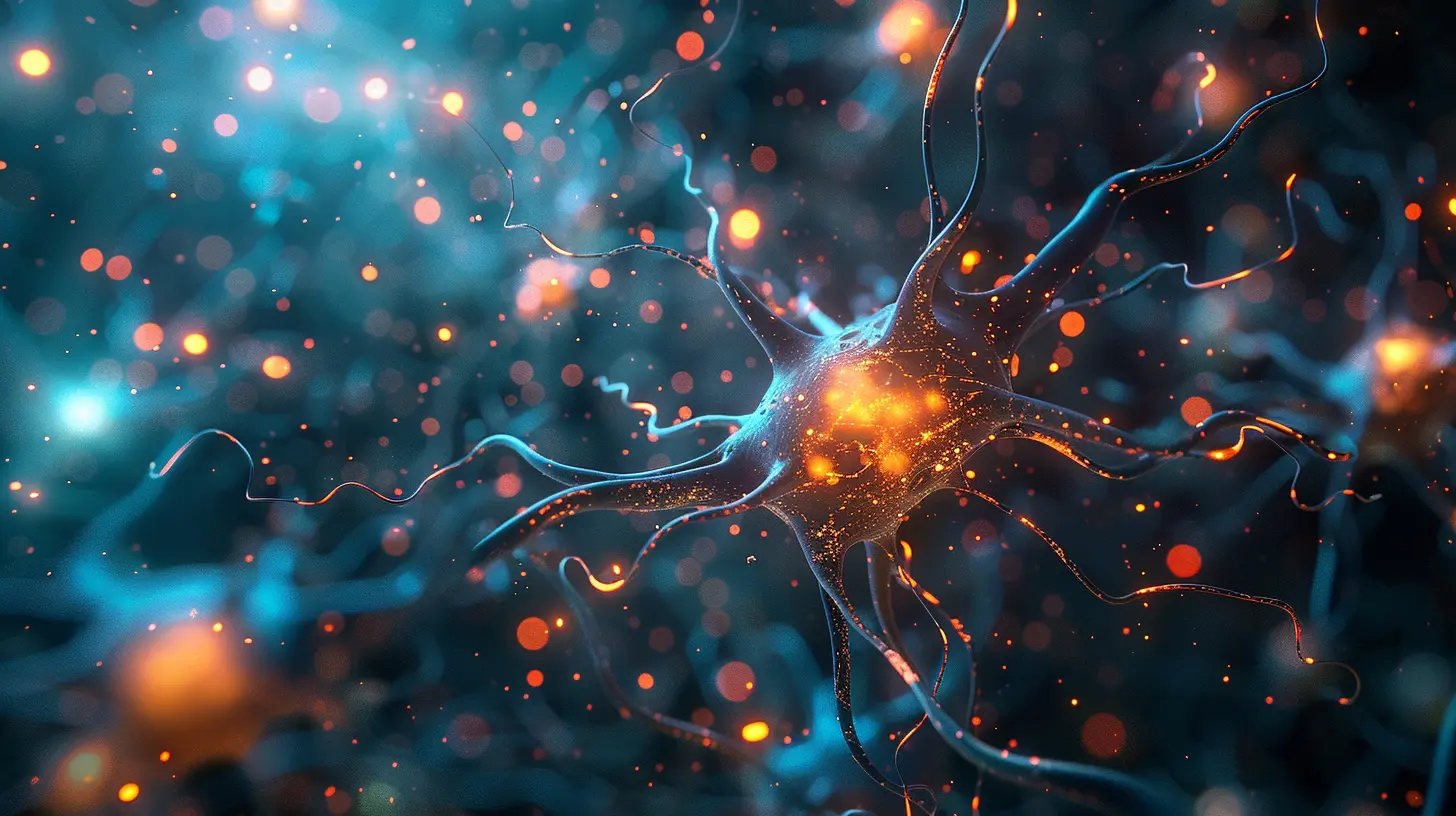The Role of the Hippocampus in Spatial Memory and Navigation
14 October 2025
Have you ever wondered how you manage to find your way home after a long day at work? Or how you're able to remember the layout of your favorite coffee shop without even thinking about it? Well, you can thank a tiny, seahorse-shaped part of your brain called the hippocampus for that!
The hippocampus plays a crucial role in spatial memory and navigation—the very things that allow us to move through and remember the world around us. But how exactly does this little brain region do all that? And what happens when things go wrong?
In this article, we'll dive into the fascinating world of the hippocampus, explore its role in spatial memory and navigation, and uncover why it's so essential to our everyday lives. So, buckle up—this is going to be quite the brainy adventure!

What Is the Hippocampus?
Before we get into the nitty-gritty of spatial memory, let's start with the basics. The hippocampus is a small, curved structure located deep within the brain's temporal lobe. It's part of the limbic system, which is responsible for our emotions, behavior, and long-term memory.If you saw an image of the hippocampus, you'd notice it looks a bit like a curled-up seahorse. In fact, the word "hippocampus" comes from the Greek words "hippos" (horse) and "kampos" (sea monster). But don't let its small size or strange name fool you—this brain region is a powerhouse when it comes to memory and learning.
Why Is the Hippocampus Important?
The hippocampus is often called the "memory center" of the brain. While it's primarily known for its role in forming and storing explicit memories (the type of memories you can consciously recall, like facts and events), it's also essential for navigating the world around us.Without a fully functioning hippocampus, you'd struggle to remember how to get from point A to point B, even if you've traveled that route a hundred times before. You might even have trouble remembering where you parked your car or how to find your way through a crowded mall!
So, whether you're trying to recall a childhood vacation or simply figuring out where you left your keys, the hippocampus is always working behind the scenes, helping you stay connected to the world.

The Link Between the Hippocampus and Spatial Memory
Now that we've got a basic understanding of the hippocampus, let's zoom in on its role in spatial memory. Spatial memory allows us to remember the layout of our environment and navigate through it.What Is Spatial Memory?
Spatial memory refers to the part of our memory that records information about our surroundings and spatial orientation. Essentially, it’s the mental map you carry in your head. This map helps you remember where places, objects, and landmarks are located, and how they relate to one another.For example, when you leave your house to head to work, your spatial memory kicks in, allowing you to remember the route, the location of traffic lights, and even where you need to turn.
How Does the Hippocampus Contribute to Spatial Memory?
The hippocampus is the brain's "GPS." It helps you create a mental map of the world and keeps track of your position within that map. This is why the hippocampus is critical for spatial memory and navigation—it allows you to move through space efficiently and remember the locations of objects and places.Scientists have discovered that specific cells in the hippocampus, known as place cells, activate when you're in a particular location. These cells help encode spatial information, allowing you to know where you are in the environment and where you need to go next.
So, every time you mentally "retrace your steps" or figure out a shortcut while driving, place cells in your hippocampus are working in the background, guiding you through your mental map.
The Role of Grid Cells and Head Direction Cells
Interestingly, the hippocampus doesn’t act alone in spatial memory and navigation. It works alongside other specialized brain cells, like grid cells and head direction cells, which are located in a nearby brain area called the entorhinal cortex.- Grid cells: These cells help you understand your position in space by creating a grid-like map of your surroundings. Think of them as the framework that your hippocampal place cells use to plot exactly where you are.
- Head direction cells: These cells work like a compass. They tell your brain which direction your head is facing, helping you orient yourself within a space.
Together, these cells form a neural network that allows you to move through and understand your environment with incredible precision. It’s like having your own internal Google Maps!

The Hippocampus and Navigation: How We Find Our Way
We've all had those moments when we’re trying to find a new place and feel completely lost, right? Well, successful navigation depends on the hippocampus doing its job. But how does it help us find our way?Cognitive Maps: Your Brain's Personal GPS
The hippocampus allows us to create cognitive maps—mental representations of our environment. These cognitive maps help us visualize the layout of places and paths we've previously encountered.Let's say you’ve visited a friend’s house a few times, and now you're trying to get there again. Even if you don’t consciously think about the route, your hippocampus has already created a cognitive map based on previous visits. That map helps you navigate without needing step-by-step directions.
Just like how a GPS system updates a route in real-time, your hippocampus updates your cognitive map as you encounter new paths and obstacles. It’s pretty impressive when you think about how all of this happens behind the scenes!
Allocentric vs. Egocentric Navigation
There are two main types of navigation strategies the hippocampus helps with: allocentric and egocentric navigation.- Allocentric navigation: This strategy involves using an external reference or map to navigate. You're thinking about the environment from a "bird's-eye view." For example, when you remember that the grocery store is west of the park, you're using allocentric navigation.
- Egocentric navigation: In contrast, egocentric navigation is when you navigate based on your own position and movement. You're using a first-person perspective. For instance, when you remember that you need to turn left at the big tree, you're relying on egocentric navigation.
The hippocampus helps you switch between these strategies depending on what’s most useful at the moment. It’s like having both a top-down map and a first-person view at the same time!

What Happens When the Hippocampus Is Damaged?
As amazing as the hippocampus is, it’s also quite vulnerable to injury and disease. When the hippocampus is damaged, the effects on memory and navigation can be devastating.Memory Impairments
Damage to the hippocampus often results in anterograde amnesia—the inability to form new memories. People with this condition can remember past events but struggle to create new long-term memories. Imagine meeting someone new, and within minutes, you've forgotten their name and face.Spatial Disorientation
Hippocampal damage can also lead to spatial disorientation, which makes it difficult to navigate familiar environments. Even if someone has lived in the same neighborhood for years, they might get lost because their brain can no longer access the cognitive maps it once relied on.Alzheimer's Disease and the Hippocampus
The hippocampus is one of the first regions of the brain affected by Alzheimer’s disease. This is why one of the early symptoms of Alzheimer’s is memory loss, especially for recent events. As the disease progresses, spatial navigation becomes more challenging, and patients may get lost even in familiar surroundings.How Can We Keep Our Hippocampus Healthy?
Given how crucial the hippocampus is, it makes sense to want to keep it in tip-top shape. Fortunately, there are several ways to promote hippocampal health and support memory and navigation skills.Exercise
Physical activity isn’t just good for your body—it’s great for your brain, too! Regular exercise has been shown to increase the size of the hippocampus and improve spatial memory.Mental Stimulation
Exercising your brain is just as important as exercising your body. Engaging in mentally stimulating activities, like puzzles, reading, or learning new skills, can help strengthen your hippocampus.Sleep
Sleep is essential for memory consolidation, which is the process of turning short-term memories into long-term ones. A good night’s sleep gives your hippocampus time to process and store the day’s experiences.Diet
A diet rich in omega-3 fatty acids, antioxidants, and other brain-boosting nutrients can support hippocampal health. Foods like fish, nuts, berries, and leafy greens are excellent choices for brain health.
Final Thoughts
The hippocampus may be small, but its role in spatial memory and navigation is monumental. It’s the brain’s very own GPS, helping us create and recall cognitive maps so we can move through the world with ease. Whether you're navigating a new city or simply remembering where you left your phone, the hippocampus is always working behind the scenes, ensuring you stay oriented in space and time.So, the next time you’re effortlessly finding your way through a maze of streets or recalling the layout of your favorite hiking trail, take a moment to thank your hippocampus for all its hard work. It’s truly an unsung hero of the brain!
all images in this post were generated using AI tools
Category:
NeuroscienceAuthor:

Eliana Burton
Discussion
rate this article
1 comments
Fleur McManus
Fascinating insights! How does the hippocampus adapt its functions in individuals with different spatial navigation abilities? Are there specific strategies that enhance spatial memory beyond what we currently understand about this brain region?
October 22, 2025 at 3:57 PM

Eliana Burton
Thank you! The hippocampus exhibits plasticity, adapting its functions through mechanisms like neurogenesis and synaptic strengthening. Strategies such as using spatial cues, engaging in physical exercise, and practicing mindfulness can enhance spatial memory, potentially leveraging the hippocampus's adaptable nature. Further research is needed to fully understand these processes.


